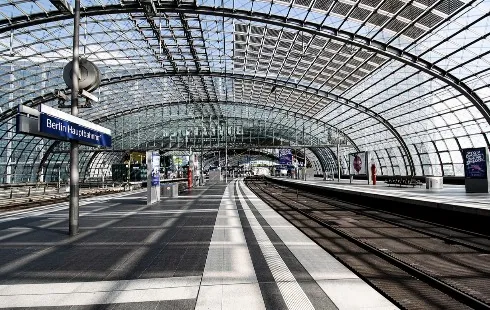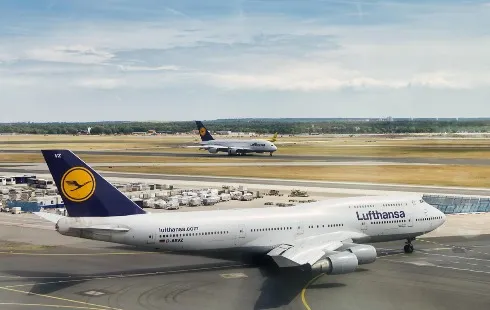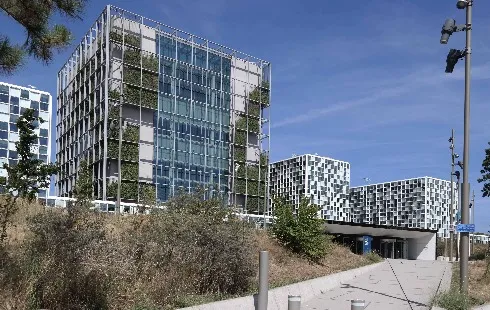
Trump's Tariff War: China Urges Immediate Repeal of Tariffs Amid Countermeasures
Section: News
The German tourism sector is experiencing a robust continuation of its growth, even amidst broader economic challenges. In January, the industry reported a significant uptick in overnight stays, with a total of 25.9 million recorded, marking an increase of 3.1% compared to the same month last year. This statistic, released by the Federal Statistical Office, signifies the highest number of overnight stays for January since 2020, when 26.9 million were logged.
Domestic travelers contributed substantially to this growth, with overnight stays from within Germany rising by 4.2% to reach 21.6 million. However, there was a slight decline in the number of overnight stays from international visitors, which fell by 1.9% to 4.3 million.
Despite the economic downturn affecting many sectors, the tourism industry in Germany had an exceptional year in 2024, achieving a record total of over 496 million overnight stays. This figure surpassed the previous record set in 2019, prior to the onset of the COVID-19 pandemic, which had severely impacted tourism due to lockdowns and other restrictions.
While many consumers in Germany have become more cautious with their spending due to rising inflation, travel remains a priority for many citizens, who continue to allocate funds for vacations. This trend underscores the resilience of the tourism sector.
The tourism industry is optimistic about the year ahead, with strong booking numbers reported. The German Tourism Association (DTV) has welcomed proposals from coalition negotiations between the Union and SPD parties to permanently reduce the value-added tax on food in the hospitality sector to 7%. DTV President Reinhard Meyer noted that this decision would serve as an important signal for the hospitality industry.
Moreover, there are calls to maintain the Germany Ticket, which is seen as a vital tool for enhancing tourism accessibility. Meyer emphasized the need for a solution that keeps the ticket affordable for all and improves transportation offerings, especially in rural areas.

Section: News

Section: News

Section: Health

Section: News

Section: News

Section: Travel

Section: News

Section: News

Section: Politics

Section: Arts

Health Insurance in Germany is compulsory and sometimes complicated, not to mention expensive. As an expat, you are required to navigate this landscape within weeks of arriving, so check our FAQ on PKV. For our guide on resources and access to agents who can give you a competitive quote, try our PKV Cost comparison tool.

Germany is famous for its medical expertise and extensive number of hospitals and clinics. See this comprehensive directory of hospitals and clinics across the country, complete with links to their websites, addresses, contact info, and specializations/services.

Join us for a captivating organ concert featuring Giacomo Gabusi from Bologna. Experience an evening of classical music with works by Wagner, Bossi, and Messiaen, among others. This event is part of the Pasinger Orgeltage series, promising a delightful musical experience. Admission is free, but...
No comments yet. Be the first to comment!